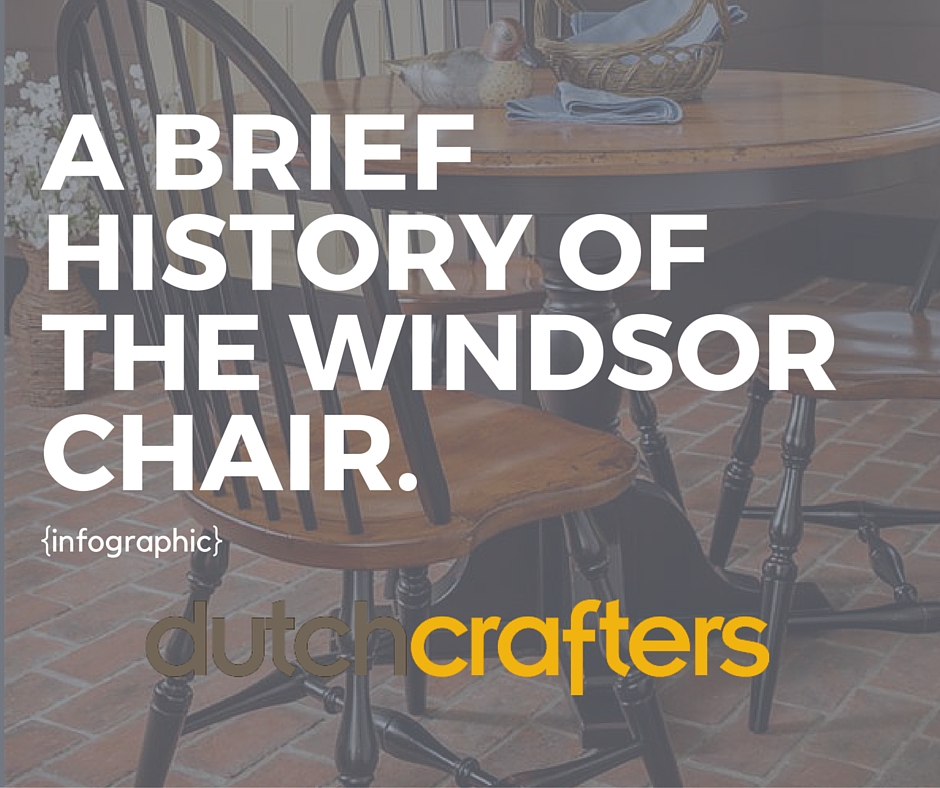Discover The Enchanting Voyage Of Remodeling Old Cabinets, Introducing Concealed Narratives And Understanding The Enigmas Of Lost Ages
Discover The Enchanting Voyage Of Remodeling Old Cabinets, Introducing Concealed Narratives And Understanding The Enigmas Of Lost Ages
Blog Article
cabinet maker apprenticeship -Cunningham McMahan
To start the trip of restoring antique cupboards, you require a keen eye for detail. Envision revealing concealed keys within each layer of background embedded in the wood. Image the satisfaction of reviving a once-forgotten piece to its previous magnificence. Every step of this precise procedure holds the essential to protecting the past while creating a future heirloom. So, are you prepared to embark on this transformative endeavor and unlock the capacity of your antique cupboards?
Assessing the Cabinet's Condition
When beginning the remediation process, start by evaluating the condition of the antique closet. Very carefully analyze the general structure for any indications of damages such as splits, chips, or loose joints. Check the timber for any rot, warping, or insect problem that may have happened over time. It's crucial to figure out the degree of the reconstruction required before proceeding better.
Next off, evaluate the cabinet's hardware such as joints, knobs, and locks. Make note of any missing out on items or parts that need repair service or substitute. Ensure that all hardware is operating properly and firmly attached to the closet.
Furthermore, assess the closet's coating. Look for any scratches, spots, or staining that might influence the aesthetic appeal. Establish if the finish requires to be removed and reapplied or if a basic touch-up will be adequate.
Gathering the Essential Devices and Materials
After examining the condition of the antique cabinet, the following action is to collect the essential devices and materials for the repair procedure. Prior to you begin, guarantee you have the following things available:
- wood cleaner
- sandpaper in numerous grits
- wood filler
- paint or timber tarnish
- brushes
- handwear covers
- safety and security goggles
- a dirt mask
- a ground cloth
- a putty blade
- a hammer
- a screwdriver
- a hoover
These devices and products are important for a successful reconstruction.
Timber cleaner is vital for removing years of dust and crud build-up, preparing the surface area for fining sand. Sandpaper of different grits helps in raveling blemishes and preparing the timber for a new surface. https://www.cbc.ca/news/canada/ottawa/renovation-nda-ottawa-general-contractors-1.5238713 comes in handy for repairing any kind of cracks, openings, or damages present in the cupboard.
kitchen and bathroom remodeling or wood discolor, in addition to brushes, permit you to personalize the cupboard to your choice. Remember to use gloves, safety goggles, and a dirt mask for security. Put down a drop cloth to secure your workplace, and make use of a vacuum cleaner to tidy up any type of debris.
With these tools and products collected, you're ready to begin the remediation process.
Implementing the Remediation Process
To successfully perform the remediation process on your antique cupboard, start by extensively cleaning up the surface area with the wood cleaner. This step is vital as it assists remove years of dirt, gunk, and old polish that may have collected externally.
When the cabinet is clean and completely dry, assess the problem of the timber. Try to find any cracks, scratches, or other damages that need to be addressed. Use wood filler to repair any kind of blemishes, making sure to match the filler color to the timber tone for a smooth coating.
After the fixings have actually dried out, gently sand the entire surface to create a smooth and even base for the brand-new coating. Beware not to sand as well strongly, as you don't want to damage the wood beneath.
Once the sanding is full, use a wood tarnish or complete of your selection, complying with the maker's instructions. Allow the surface to completely dry totally before using a protective top layer to guarantee the longevity of your recovered antique cabinet.
Verdict
Now that you have actually completed the restoration procedure, your antique cupboard looks as good as new.
By adhering to the step-by-step guide, you were able to examine, fix, and improve its problem with ease.
With a fresh finish and safety top coat, your valued piece will certainly remain to beam for many years to come.
Enjoy the elegance of your brought back antique closet!
